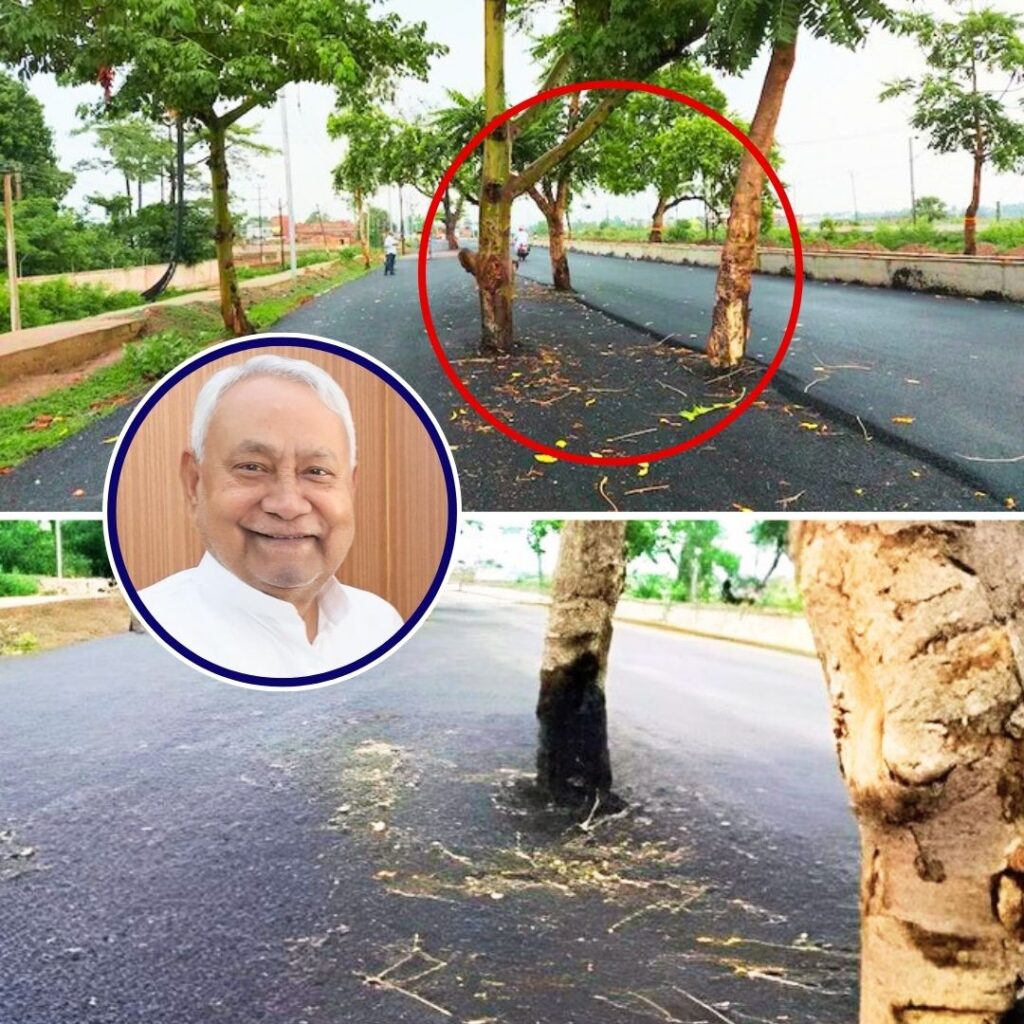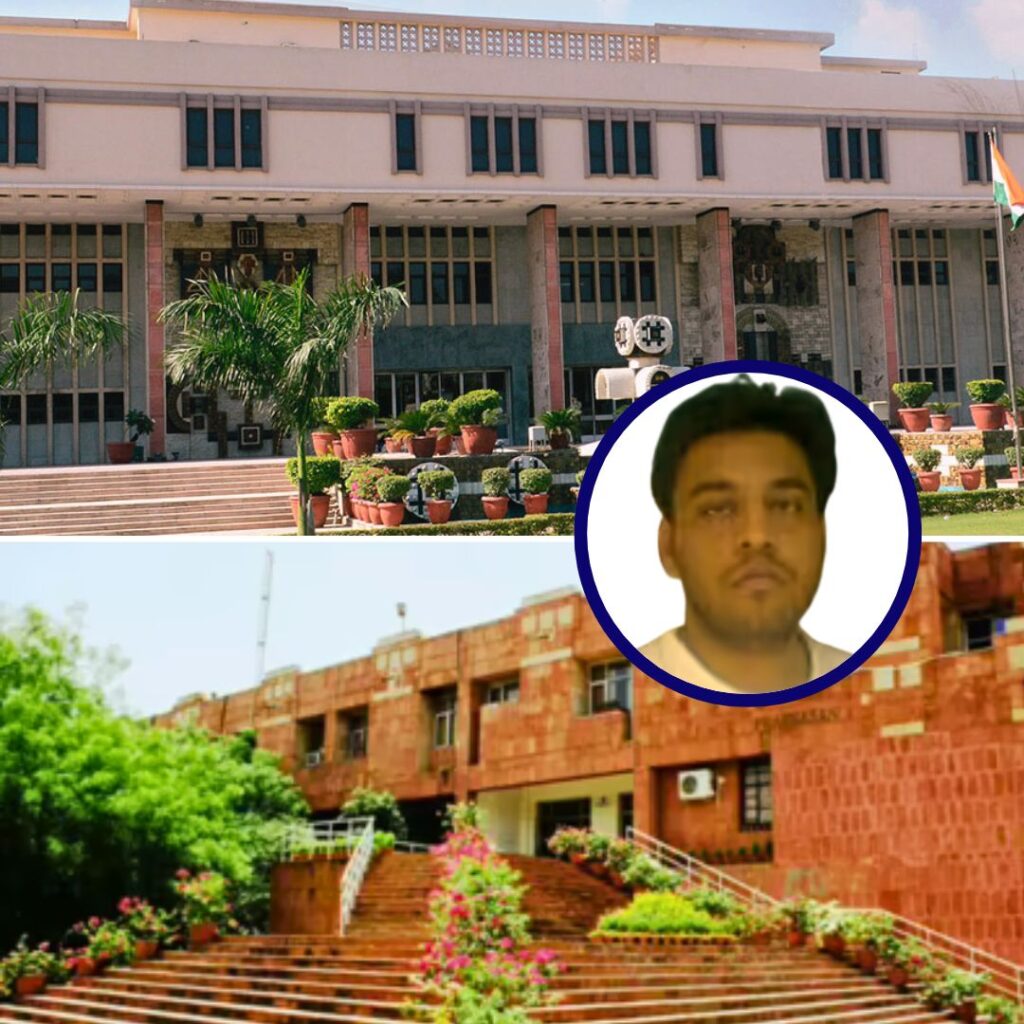Today is the Kargil Vijay Divas, a day on which our great nation commemorates our victory in the Kargil War and the sacrifices of our brave soldiers who laid down their lives for their motherland.
The Kargil War involved Indian and Pakistani forces and took place between May 26 and July 26 with the Indian armed forces successfully driving out the infiltrators and reoccupying Indian positions along the LOC. Here is how this conflict unfolded.
1. On 3 May 1999, local shepherds on the Indian side of the LoC reported Pakistani intrusion in Kargil, a district in J&K. By May 10, infiltrations were also noticed in Dras, Kaksar and Mushkoh sectors.
Image : tribuneindia.com
2. On May 15, an Indian Army patrol led by Lt Saurabh Kalia discovered large scale intrusion of Pakistani Army. The patrolling troupe consisting of just 6 people, who fought with the Pakistani Armed Forces until they ran out of ammunition, got captured and were tortured to death. Soon after, India responded with Operation Vijay, mobilising close to 30000 troops and paramilitary forces to the Kargil-Drass sector.
Image: financialexpress.com
3. By May 26, the Indian Air Force started taking an active part in the war, losing fighter aircraft and men but bolstering the Indian response through Operation Safed Sagar. The Indian Navy meanwhile launched Operation Talwar to block Karachi port, so as to cut off Pakistan’s supply lines through the marine route.
Image: en.wikipedia.org
4. On May 27, Pakistan captured Flight Lt Nachiketa as a POW. Squadron Ldr Ajay Ahuja tried to locate Nachiketa but got martyred at the hands of the Pakistani forces.
Image: rediff
5. On June 1, Pakistan bombed NH1A, the lifeline route connecting the Leh region to the rest of India. India resorted to using NH1D through Himachal to avoid further casualties.
Image: oocities.org
6. By June 9, Indian Army had recaptured two key positions in the Batalic sector.
Image: wikipedia.org
7. By June 13, Indian Army had recaptured Tololing, significantly turning the tide in India’s favour.
Image: bharat-rakshak
8. On July 7, Captain Vikram Batra was martyred as he tried to rescue an injured officer and got killed in the enemy gunfire.
9. Over the next one month, India continued to gain important positions. The fierce Indian response and mounting international pressure forced Pakistan to pull out their troops from the Indian side of the LOC.
Image: TheHindu
10. On July 14, the then Prime Minister Atal Bihari Vajpayee declared Operation Vijay to be successful.
Image: yahoo
11. On 26 July 1999, the Kargil conflict officially came to an end as the Indian Army announced complete eviction of Pakistani forces.
Image: indiastrategic.in
The Logical Indian community salutes our Brave Hearts who did not think twice before putting their lives on the line for our country.











